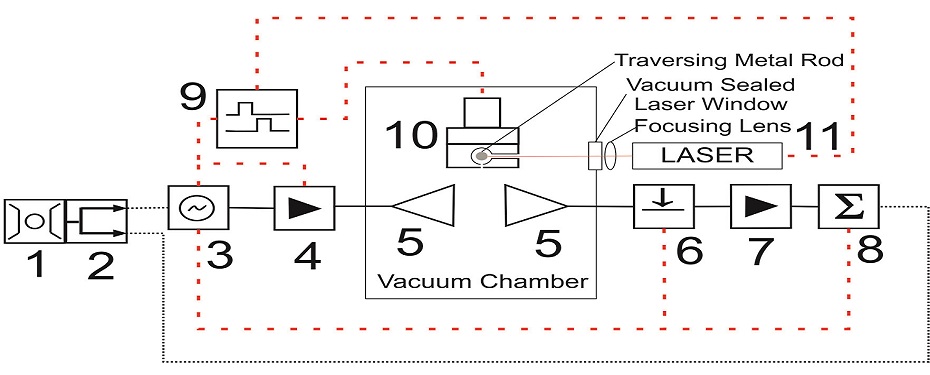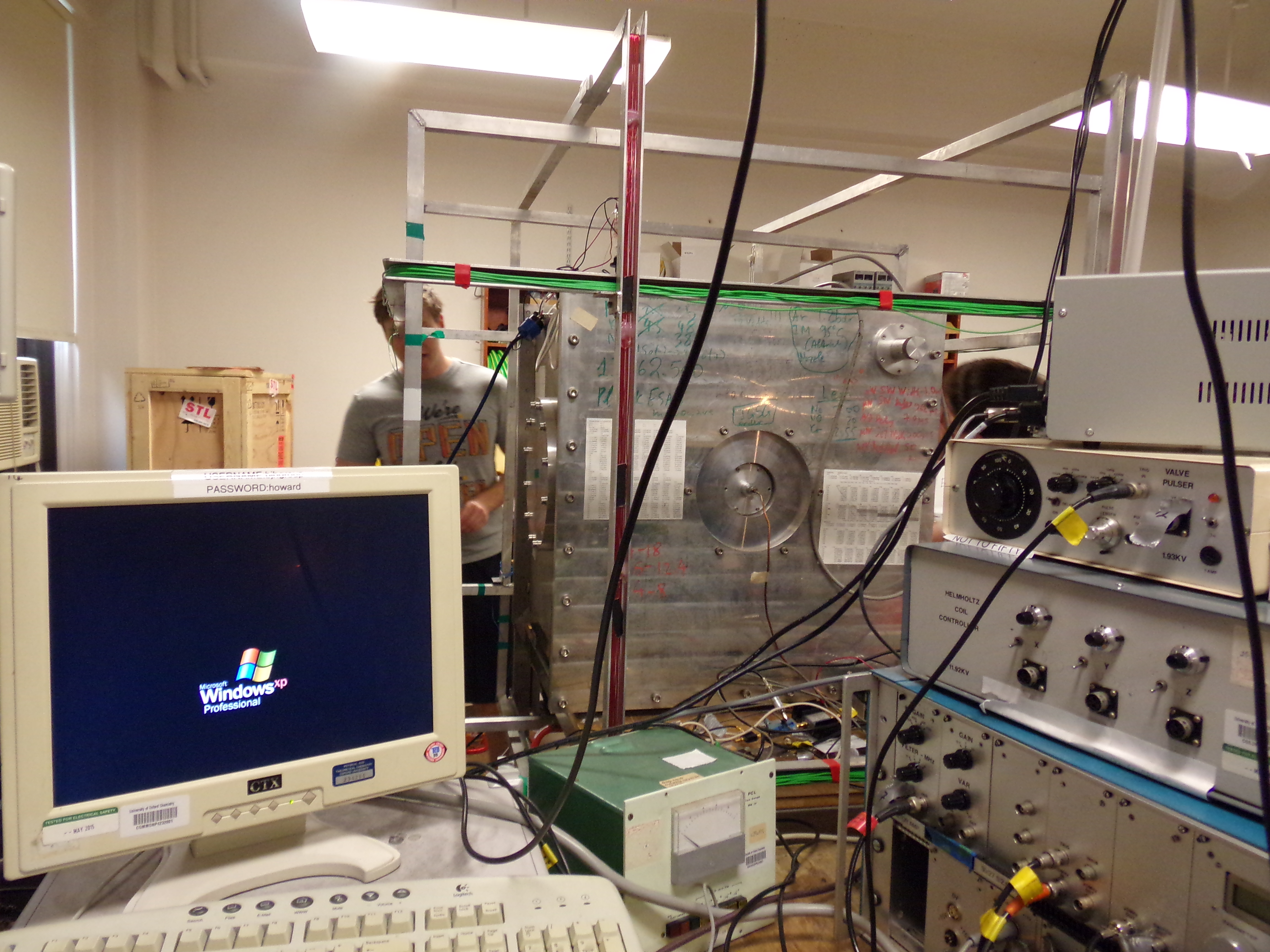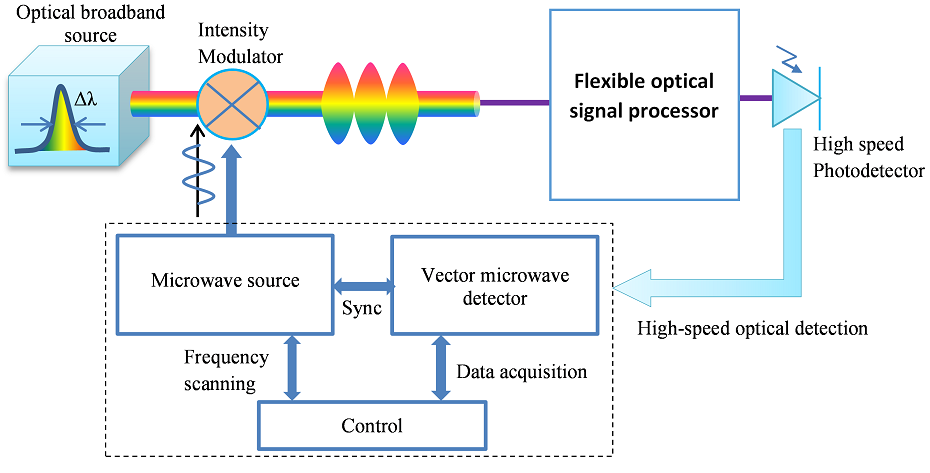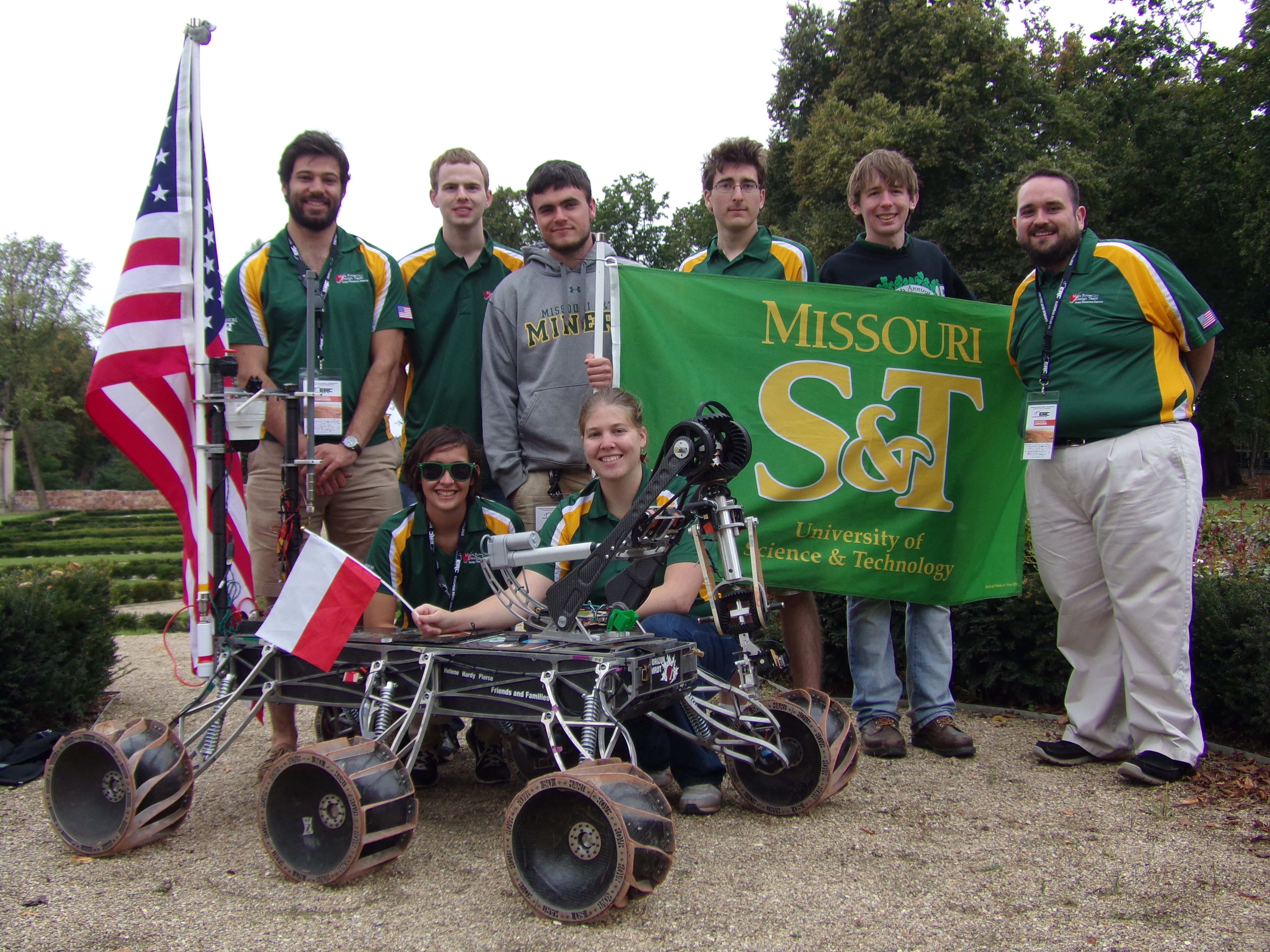Experiential, Interdisciplinary Learning
In a world with so much technology right at our fingertips, outreach and experiential learning are a big part of providing a first-class education and bringing the information world to life.
Undergraduate Driven Reasearch
The CP-FTMW instrument has been built and is currently being fit with a laser ablation source. It features a fast, 50 GS/s arbitrary waveform generator and The CP-FTMW is a hybrid of that developed by Prof. Brooks Pate and that utilized by Prof. Stephen Cooke. Instead of the "typical" high-powered (≥0.5 kW) designs used by the Pate group or the "low-power" designs used by the Cooke group (5 or 10W), our instrument features a 40 W solid state amplifier with a TTL control to generate a polarization microwave pulse in ≤5 μs.
The spectrometer has already been employed to study multiple molecular systems. We are currently collaborating with Prof. Durig of UM-Kansas City to look at ring molecules along with collaborating with Profs. Sean and Rebecca Peebles on van der Waals interactions with large fluorinated organic species. We are currently in preparation of a manuscript on a few fluorinated organics highlighting the experimental details.
Understanding the Interplay Between Science, Engineering, and Mathematics
One FTMW instrument, functional in the 3-26 GHz range, has been reassembled from its original owner, designer, and constructor, Brian Howard at Oxford University. It features a good sensitivity (Q is on the order of 20000) while also having an ability to lower the Q value in order to broaden search regions with microwave foam. The system is automated and set up on individual software written by Brian Howard in-house. The spectrometer is fitted with Helmholtz coils to negate the Earth's magnetic field to aid in the determination of open-shell species.
Currently, projects with this instrument include searches for N2-O2 and CO-O2 van der Waals complexes.
International Symposium on Molecular Spectroscopy
Our group is currently working on design and implementation of a 70-110 GHz microwave experiment. This is to be used on our actinide-containing molecules and complexes.
In addition to the high frequency spectrometer, we are collaborating with some professors at Missouri S&T in Electrical Engineering to work on microwave photonics spectroscopic and microwave thermography techniques.






